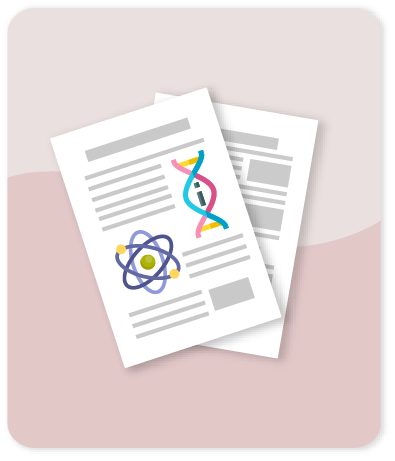Comparative Degradation of Alachlor Using Photocatalysis and Photo-Fenton

Compartir este ítem
Autor
Pérez M.H.
Vega L.P.
Zúñiga-Benítez H.
Peñuela G.A.
Citación
Metadatos
Mostrar el registro completo del ítemResumen
A comparative study about the degradation of alachlor in aqueous solutions under different photocatalytic systems, including TiO2, TiO2/H2O2, and TiO2/Na2S2O8 heterogeneous photocatalysis, Fe2+/H2O2, Fe3+/H2O2, and UV radiation, was carried out. In this way, times for alachlor total removal and mineralization followed the order photo-Fenton < photocatalysis with persulfate < photo-Fenton-like < photocatalysis with hydrogen peroxide < photocatalysis with TiO2. Ferric chloride was used as ferric ion source under Fenton-like reactions. Oxidation with Fe2+/H2O2 was faster than treatment with Fe3+/H2O2, but under UV irradiation, degradation rates were similar, indicating that FeCl3 could be a good source of ferric ions for alachlor degradation. Reduction of the sample toxicity was much faster in the photo-Fenton process than in TiO2 process (50% mortality reduction in 180 min compared to around 400 min—Daphnia Pullex assays). In addition, evaluation of the nitrogen and chloride contained in the treated samples confirmed a 100% conversion of the N and Cl content in the pollutant molecule. Finally, some of the degradation by-products for pollutant removal using TiO2 photocatalysis were identified. © 2018, Springer Nature Switzerland AG.
Colecciones
- Indexados Scopus [1632]
